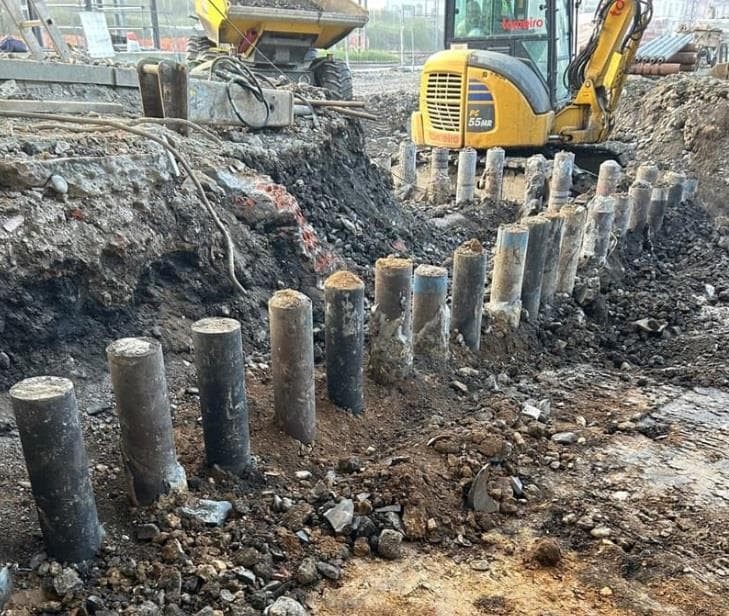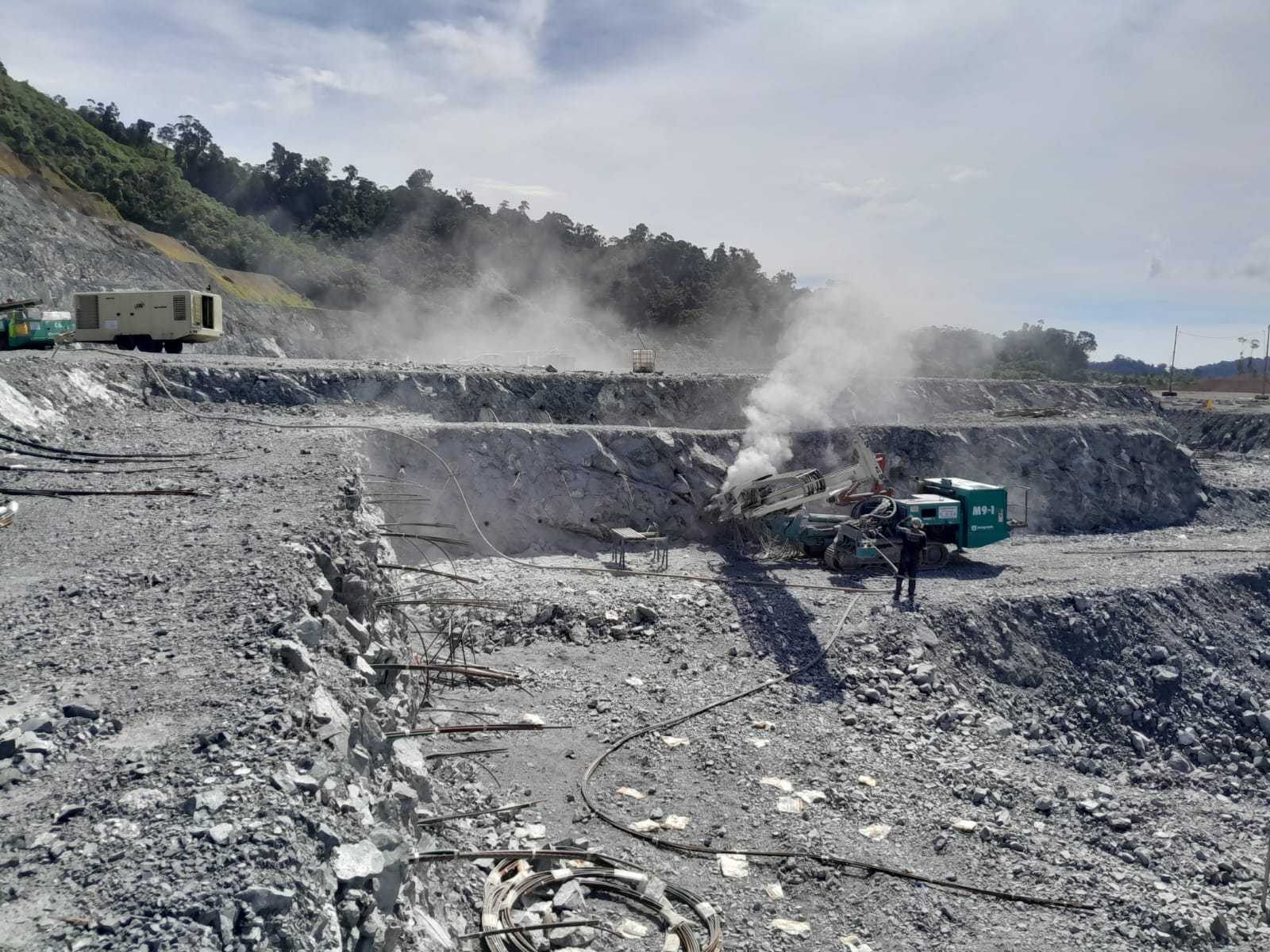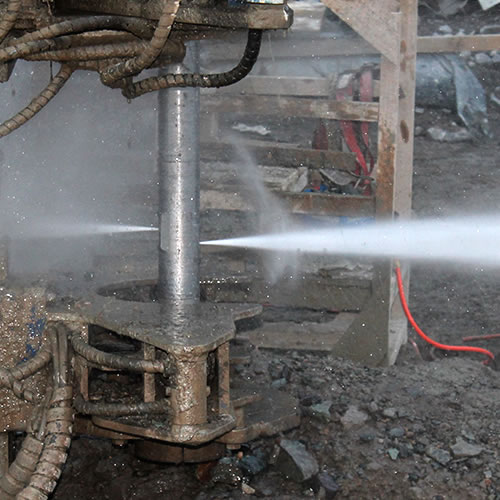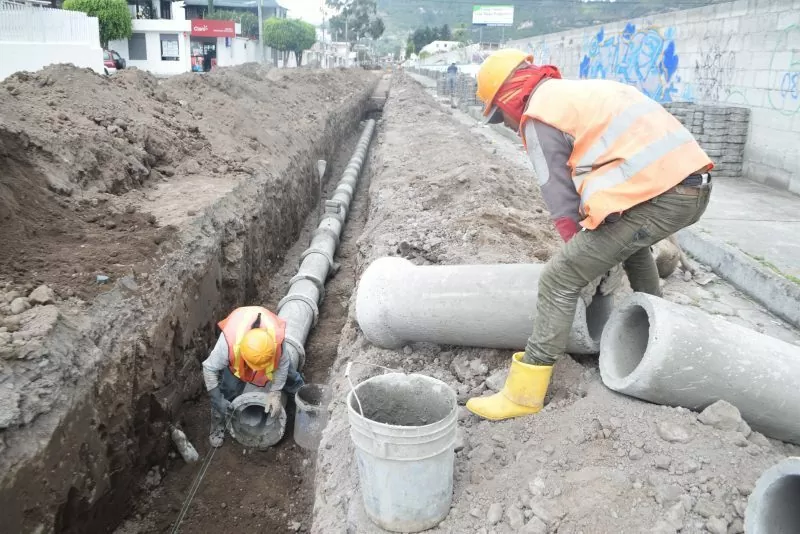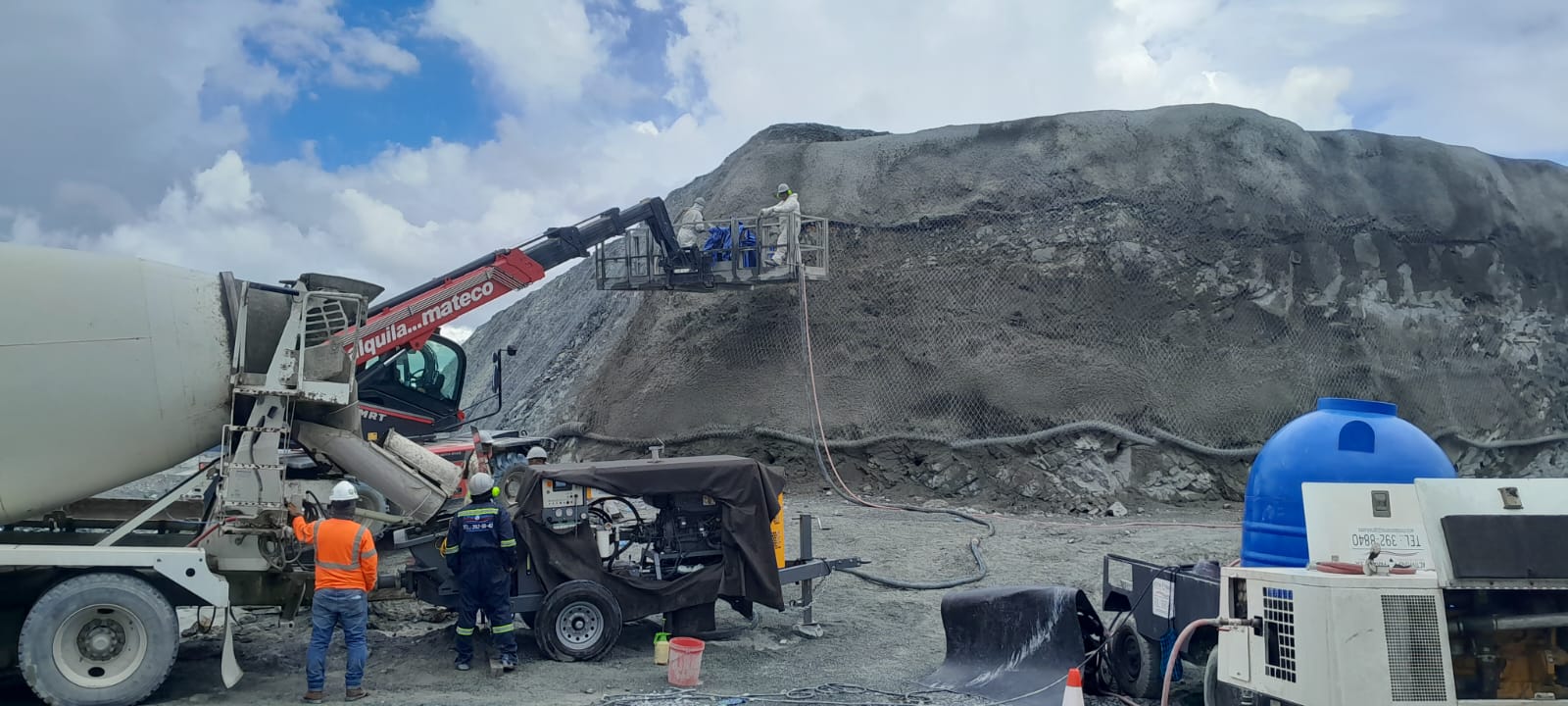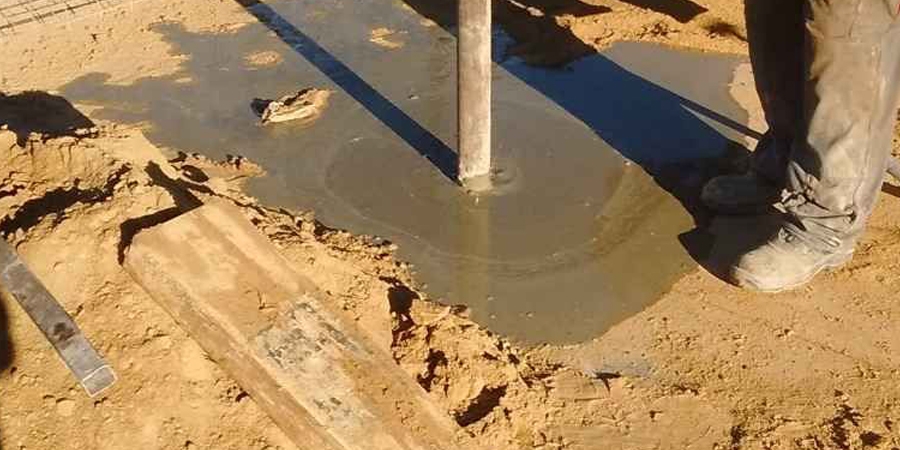Useful Information
Quick Guide
Micropiles are small-diameter structural elements with high load capacity. They range from 90 to 300 mm in diameter and are used in:
- New structures: used in projects requiring foundation near existing structures as they minimize vibrations and environmental impact during construction.
- Foundation repairs: When it's necessary to increase the load capacity of an existing structure, micropiles are often used to reinforce the existing foundation.
- Soil reinforcement to increase load capacity in soils with low resistance.
- Confined spaces: Their small size and equipment allow execution in small areas where conventional equipment can't be used.
- Low vibration: Micropiles generate less vibration compared to large-diameter piles.
- Retaining walls: Micropiles are used in the construction of retaining walls to stabilize soft or unstable soils and allow deep excavations.
- Slope stabilization: Used to prevent landslides.
- Soil improvement under uniform loads (heavy storage platforms, embankments, docks, slabs), or localized loads (building footings, bridge piers). In these cases, a load transfer platform is required above the jet-grouting columns.
- Impermeable cut-off walls / bottom seals for deep excavations can be formed with jet-grouting columns or using interlocking columns for a continuous wall. Especially suitable for deep isolation in shafts or deep urban excavations near sensitive structures.
- Retaining walls using interlocking jet-grouting columns designed as gravity walls or reinforced retaining structures. Steel reinforcement (pipes, bars, cages) can be inserted as needed.
- Underpinning (settlement mitigation, excavation under existing buildings, excavations near structures).
- Pre-arch tunnel structures.
- Soil reinforcement near utility lines or perforated structures.
- Projects with limited clearance or small working spaces.
Anchored shotcrete walls are structures used to stabilize slopes or deep excavations. They are installed by spraying concrete onto surfaces, providing a strong and durable barrier.
They offer high resistance, fast installation, and great adaptability to difficult terrain. Ideal for projects in unstable ground or where immediate structural reinforcement is needed.
Tendons are structural elements under tension used to transfer loads to the soil depths.
Anchors consist of an active length (load transfer zone) and a passive length that transfers stress from the anchor head to the surrounding soil.
Anchors can be installed under low or high pressure and can be classified as temporary or permanent depending on project needs.
Anchors are used to provide solutions in:
- Balancing pressures in structures
- Slope stabilization
- Additional embedment in foundations to absorb tensile loads
- Permanent structural use
- Temporary use during the construction process
- Improving structural integrity of retaining walls
- Resisting wall movement where they are installed
- Maintaining structural position to avoid deformation
- Preventing failure due to soil pressure or erosion
Anchors can be installed vertically, horizontally, or at an angle depending on project needs.
Anchors can be made of cables or bars based on design requirements.
Water drainage systems are designed to control excess water in the soil, preventing accumulation that could affect structural stability. They are essential in projects located in humid or flood-prone areas.
These drains improve soil stability, reduce water-related risks, and facilitate construction in complex terrain. Especially useful in areas with high water tables, ensuring long-term structural safety and durability.
Grout injection is a technique used to improve soil strength and stability by injecting a mixture of water, cement, and additives. This is used to consolidate weak or fragile soils.
It reinforces the ground, enhances load-bearing capacity, and prevents settlement. It is essential in construction projects on compressible or unstable soils needing stabilization to support heavy loads.

